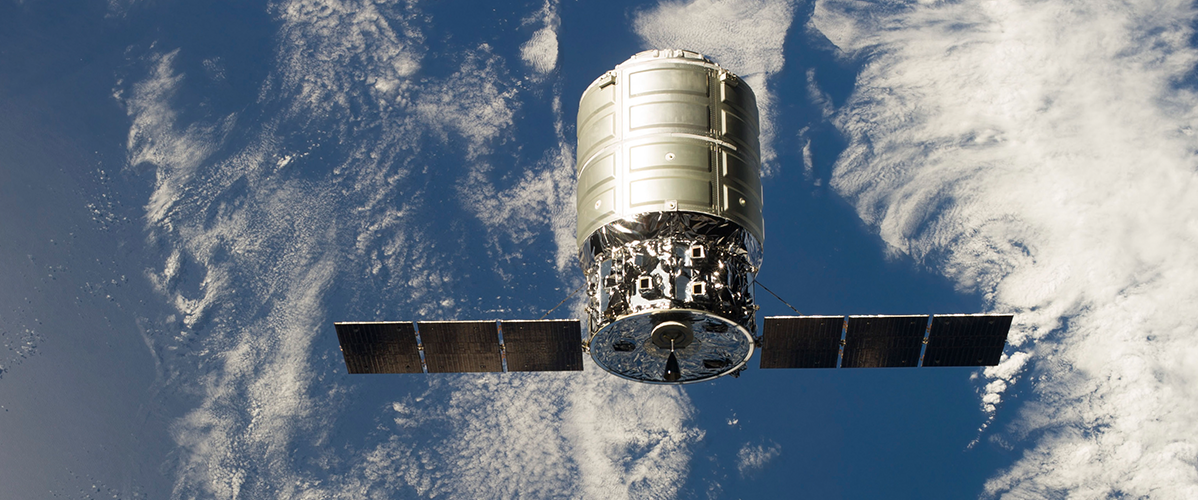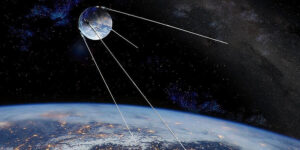Satellites
Sattellite
A satellite is any object that orbits something else, as, for example, the Earth orbits the sun. There are hundreds of satellites in operation. They are used for diverse purposes such as weather forecasting, television signal, amateur radio and internet communications and the Global Positioning System. They are also used to look outward at the solar system for research and data gathering purposes.

There are thousands of satellites in the sky above us at this moment, orbiting Earth. Satellites have many uses for the government, military, and even civilians. They provide us the ability to have things like Internet access, television, GPS, and much more. They also have scientific purposes such as Earth and space observation and provide the means for high-level technology development. More than half of the 4,550 satellites orbiting Earth are used for communications purposes, and that number will continue to rise as tech billionaires look to bring high-speed Internet access to every corner of Earth.

Sputnik 1 spacecraft
Sputnik 1. Artwork of Sputnik 1, the world's first artificial satellite, orbiting around the Earth. Sputnik 1 was launched on October 4th, 1957 by the former Soviet Union. The name Sputnik is Russian for 'travel companion' or satellite. The body was a highly polished aluminium alloy sphere which measured 58 centimetres in diameter and weighed 83.5 kilograms. It also had four long antennas attached. Sputnik 1 transmitted radio signals back to earth for a period of 21 days. The success of Sputnik 1 prompted the US government to enter the Space Race with the launch of Explorer-1 four months later.

AIM
AIM (Aeronomy of Ice in the Mesosphere) is focused on the study of Polar Mesospheric Clouds (PMCs) that form about 80 km above the Earth's surface in summer and mostly in the polar regions.
The overall goal is to resolve why PMCs form and why they vary. AIM measures PMCs and the thermal, chemical and dynamical environment in which they form. This will allow the connection to be made between these clouds and the meteorology of the polar mesosphere.
AIM uses three instruments:
.CDE (Cosmic Dust Experiment) to measure: Cosmic Dust Input
.CIPS (Cloud Imaging and Particle Size) to measure: PMCs, Particle Sizes, Gravity Waves
.SOFIE (Solar Occultation For Ice Experiment) to measure: H2O, NO, O3, CH4, CO2, Temp., PMCs

Project ECHO
Echo, either of two experimental communications satellites launched into orbit around Earth by the National Aeronautics and Space Administration (NASA) during the 1960s. Consisting of aluminum-coated Mylar balloons that were inflated after launching, the Echo satellites were passive instruments—i.e., they simply reflected radio waves back to Earth rather than actively receiving, amplifying, and retransmitting them. Nevertheless, by proving the concept of relaying radio signals through space, and by demonstrating the effectiveness of current satellite-tracking and other ground-station technologies, they stimulated a great deal of interest in the development of active satellite communication.

Previous Page <------------> Space Station